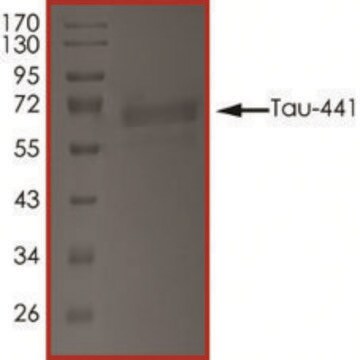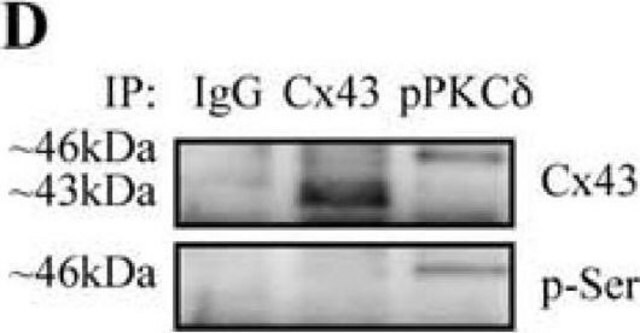P3967
Phosphotyrosine-BSA
2 mg/mL, buffered aqueous solution
Synonym(s):
P-tyr-Bovine Serum Albumin
About This Item
Recommended Products
sterility
non-sterile
Quality Level
form
buffered aqueous solution
concentration
2 mg/mL
technique(s)
capture ELISA: 5 μg/mL using Platelet extract (Use Sigma Monoclonal Anti-Phosphotyrosine Antibody (Prod. No. P3300))
western blot: 5 μg/mL using Platelet extract (Use Sigma Monoclonal Anti-Phosphotyrosine P-3300)
shipped in
dry ice
storage temp.
−20°C
General description
Specificity
Application
Physical form
Analysis Note
Disclaimer
Storage Class Code
10 - Combustible liquids
WGK
WGK 3
Flash Point(F)
Not applicable
Flash Point(C)
Not applicable
Certificates of Analysis (COA)
Search for Certificates of Analysis (COA) by entering the products Lot/Batch Number. Lot and Batch Numbers can be found on a product’s label following the words ‘Lot’ or ‘Batch’.
Already Own This Product?
Find documentation for the products that you have recently purchased in the Document Library.
Our team of scientists has experience in all areas of research including Life Science, Material Science, Chemical Synthesis, Chromatography, Analytical and many others.
Contact Technical Service




